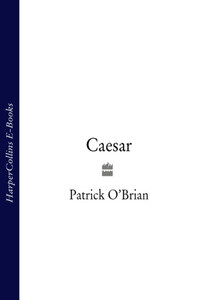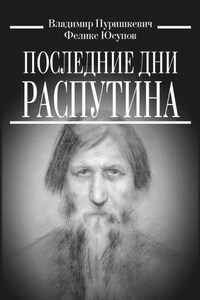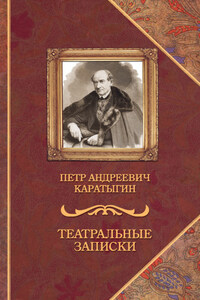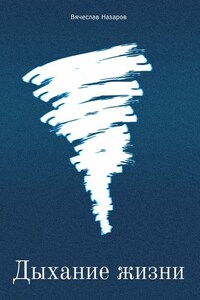THE writer of a book of this kind must of course turn to those who possess the original papers, and in the very first place I am to acknowledge Her Majesty’s gracious permission to use material from the Royal Archives at Windsor Castle. Then again he must necessarily owe a great deal to his predecessors: it is with gratitude and respect I hasten to acknowledge my debt to Mr Edward Smith, who published a valuable life of Sir Joseph Banks in 1911; to Dr Cameron, who brought out another in 1952; to Professor Beaglehole of New Zealand, who produced a most scholarly edition of Banks’s Endeavour journal in two fully annotated volumes; to Dr Averil Lysaght, who did even better with his Newfoundland diary; and above all to Mr Warren R. Dawson for his calendar of the Banks correspondence.
In this great book, which the British Museum published in 1958, Warren Dawson condensed some seven thousand of the letters written or received by Banks that have been preserved in the United Kingdom; and when one reads them one not only sees the extraordinary range of Sir Joseph’s interests, from agriculture to zoology with practically all the sciences that lie between except perhaps for mathematics and astronomy, but one also enters deeply into the life and mind of an unusually likeable man. The correspondence covers something like fifty years, and since for forty-one of these years he was the President of the Royal Society it includes communications from people who had discovered perpetual motion or a way of finding the longitude at sea that would put Aristotle, Archimedes and Newton to shame, and from a gentleman in Dublin who was convinced that the Irish language agreed perfectly with Arabic, while its structure conformed to that of Chaldean; but it also includes letters to or from almost every illustrious name in the natural philosophy of the time – Buffon, Cavendish, Condorcet, Cuvier, d’Alembert, Erasmus Darwin, Humphry Davy, Euler, Benjamin Franklin, Linnaeus, and so the list runs on to Arthur Young and beyond, with some unexpected appearances such as that of Henri Christophe, King of Haiti; and there are of course ministers, statesmen, high civil servants and people concerned with the other great interests of Banks’s life, Kew, the settlement of Australia, and the draining of the Fens.
The gathering of all these letters was a most prodigious task, for although Banks had kept everything in the most exact order, both in London and at Revesby Abbey, his country house in Lincolnshire, they were dispersed after his death. He had no legitimate children, nor I think any surviving natural child, and in his will he asked Sir Edward Knatchbull, a nephew by marriage and one of his executors, to look through the papers in his room in Soho Square and the passage next to it, to select those that had to do with Lincolnshire and his estate there (these were to be sent to Revesby), those which were of interest to the Royal Society and the Mint (which were to be sent to those bodies), and the foreign correspondence, bound or unbound (which was to go to the British Museum), and to burn the rest.
But there must have been some confusion, for although Sir Edward did give the Museum the bound part of the foreign correspondence, nothing ever reached the Royal Society or the Mint; and when eventually Mr Dawson Turner, FRS, an East Anglian banker and a botanist of high standing, undertook to write a life of Banks, he was never lent more than a small proportion of the whole correspondence, which Warren Dawson estimates as something above fifty thousand letters – and perhaps as many as a hundred thousand. Some no doubt had been burnt in 1820, but long after that period there are still references to ninety volumes of letters at Sir Edward’s house in Kent. Mr Turner did however have twenty-seven volumes at Yarmouth, where he lived, and these he had copied, mostly by his two daughters; but after about twelve years, when he was over seventy, he felt that he would not be able to write the biography as he had conceived it, and he sent the letters back; with remarkable delicacy he added the copies too, in case after his death they might fall “into the possession of any one who might be distasteful to Sir Edward Knatchbull or who might so use them as might not do honour to the memory of Sir Joseph Banks”.











